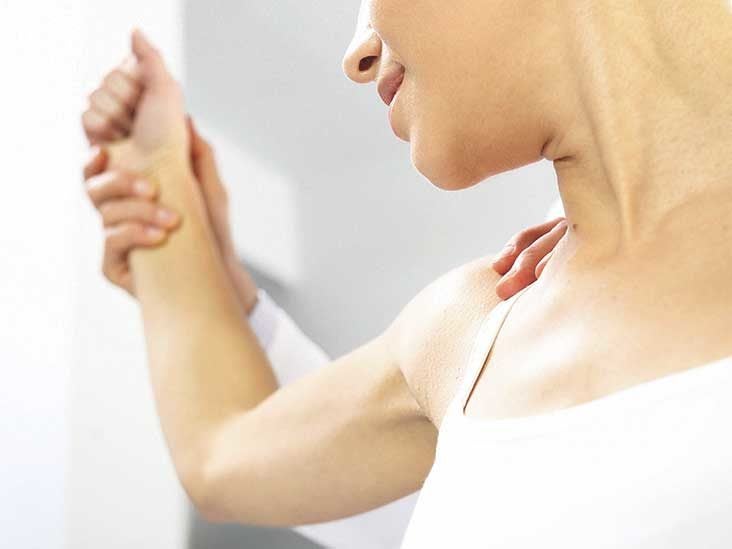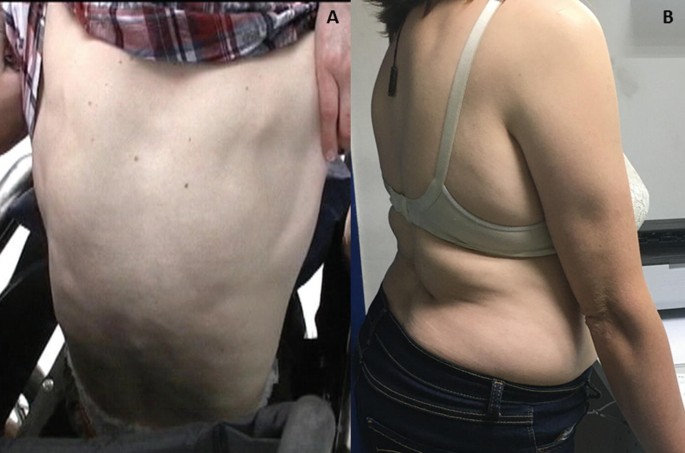Stiff-person syndrome
Web Stiff Person Syndrome. SPS is characterized by fluctuating muscle rigidity in the trunk and limbs and a heightened sensitivity to stimuli such as noise touch and emotional distress which can set off muscle spasms.

Sharing Mayo Clinic Diagnosed With Stiff Person Syndrome Mayo Clinic News Network
An autoimmune and neurological disorder that causes rigidity and spasms in the trunk and limbs.

. Web Stiff-person syndrome SPS also known as stiff-man syndrome SMS 1 is a rare neurologic disorder of unclear cause characterized by progressive rigidity and stiffness. Web Stiff person syndrome SPS is a very rare disease affecting only one or two people per million. Web Stiff person syndrome SPS is a neurological disease with autoimmune features.
Learn more about the treatment and outlook for the condition here. Web Stiff person syndrome is more likely seen in people with certain types of diseases including. Web Stiff person syndrome SPS is a rare progressive syndrome that affects the nervous system specifically the brain and spinal cord.
Medications and immunotherapy maybe prescribed with aqua occupational and physical therapy. It causes progressive muscle stiffness and painful spasms that can be triggered by a variety of things including sudden movement cold temperature or unexpected loud noises. Abnormal postures often hunched over and stiffened.
Muscular rigidity often fluctuates ie grows worse and then improves and usually occurs along with the muscle spasms. Stiff-person syndrome SPS is a rare neurological disorder with features of an autoimmune disease. But more people are affected than reported due to misdiagnoses.
Muscle rigidity sporadic muscle spasms and chronic muscle pain characterize SPS. Autoimmune disorders including diabetes thyroiditis vitiligo and pernicious anemia. Symptoms include muscle spasms hyper-rigidity debilitating pain and chronic anxiety.
The stiffness primarily affects the truncal muscles and is superimposed by spasms resulting in postural deformities. Spasms can generate enough force to fracture bone. Web Stiff-person syndrome SPS is a rare and disabling central nervous system disorder with no satisfactory treatment.
Web Stiff-person syndrome SPS is a rare acquired neurological disorder characterized by progressive muscle stiffness rigidity and repeated episodes of painful muscle spasms. Why Choose Johns Hopkins. Symptoms include stiffening in the torso and limbs along with episodes of severe muscle spasms.
Web Stiff person syndrome SPS is a rare autoimmune neurological disorder. SPS is strongly correlated with autoimmune diseases and it is usual to find high titers of antibodies against acid decarboxylase. Certain cancers including breast lung kidney thyroid colon and Hodgkins lymphoma.
SPS is labeled as a rare disease. Symptoms include muscle spasms and rigidity. Symptoms may include extreme muscle stiffness rigidity and painful spasms in the trunk and limbs severely impairing mobility.
Muscle spasms can be so violent they can dislocate joints and even break bones.

Role Of Osteopathic Manipulative Treatment In The Management Of Stiff Person Syndrome

The Stiff Person Syndrome Research Foundation

Stiff Person Syndrome Thetinman Org Twitter

Stiff Person Syndrome Spectrum Disorders More Than Meets The Eye Sciencedirect

Stiff Persons Syndrome Youtube
Uwdovok5mqrmcm

Erythema Annulare Centrifugum In A Patient With Stiff Person Syndrome Morisaki 2021 Journal Of Cutaneous Immunology And Allergy Wiley Online Library

Stiff Person Syndrome Practical Neurology

The Stiff Person Syndrome Research Foundation Chan Zuckerberg Initiative

Stiff Person Syndrome

Xkpjfroztfpapm

Autologous Hematopoietic Stem Cell Transplantation For Stiff Person Spectrum Disorder Neurology

Stiff Person Syndrome

U8vxjacyy9obgm
Cfxhusyqyiajbm

Differential Diagnosis Of Stiff Person Syndrome Differential Diagnosis Download Scientific Diagram

Stiff Person Syndrome Spectrum Disorders Springerlink